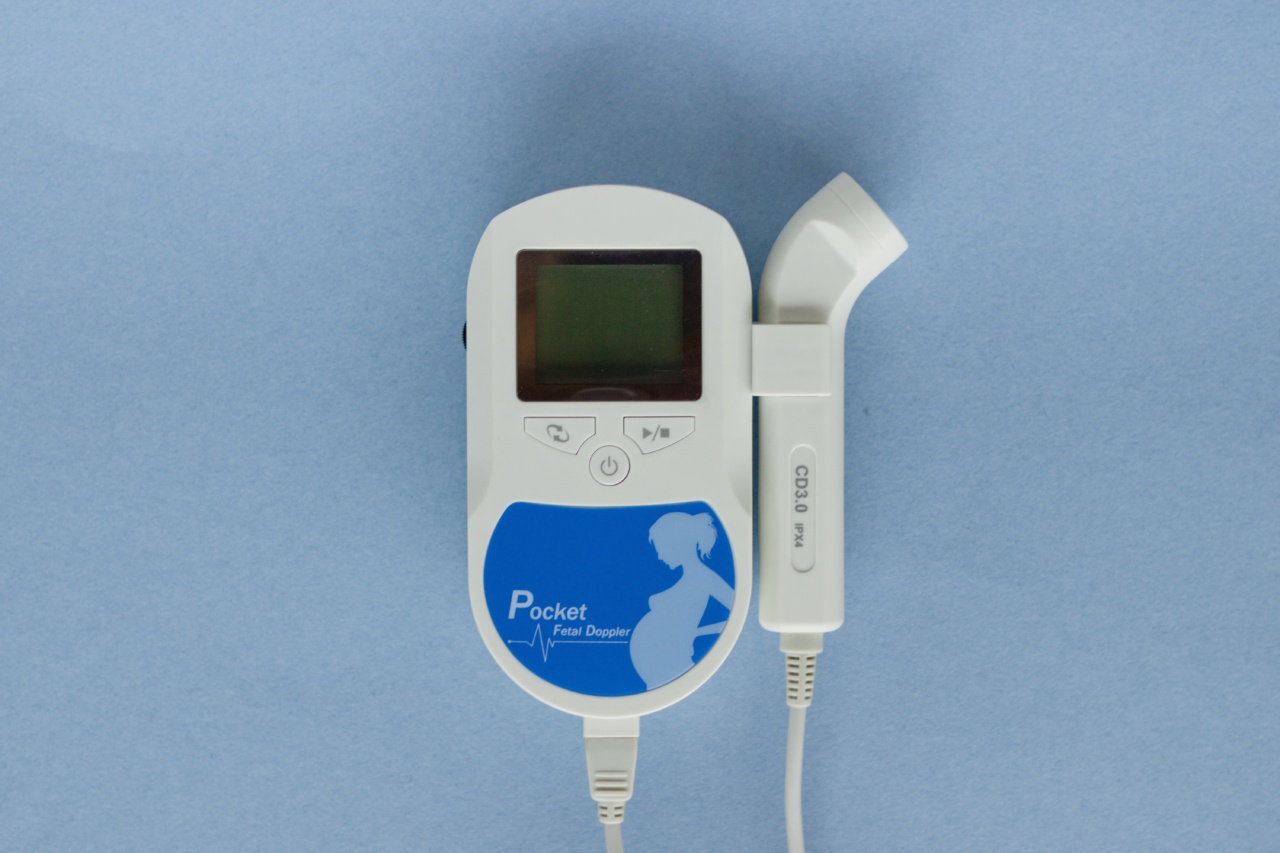Doppler ultrasound is a commonly used diagnostic tool during pregnancy. It allows healthcare providers to assess the blood flow through various vessels in the mother’s body and in the developing fetus.
This non-invasive procedure provides valuable information about the health and well-being of both the mother and the baby. In this article, we will discuss everything you should know about Doppler ultrasound during pregnancy.
What is Doppler Ultrasound?
Doppler ultrasound uses sound waves to create images of blood flow in the body. It measures the frequency changes in sound waves as they bounce back from moving objects, such as red blood cells.
By analyzing these frequency changes, Doppler ultrasound can determine the direction and speed of blood flow through vessels.
Types of Doppler Ultrasound
There are two main types of Doppler ultrasound used during pregnancy:.
1. Continuous Wave Doppler
Continuous Wave Doppler is used to assess blood flow in larger vessels that are located deeper within the body. It provides information about the speed and direction of blood flow but does not provide detailed images of the vessels themselves.
2. Color Doppler
Color Doppler is the most commonly used type of Doppler ultrasound during pregnancy. It combines traditional ultrasound imaging with color mapping to provide both visual images and information about blood flow.
Color Doppler can help identify abnormalities in blood flow, such as restricted or reversed flow.
Uses of Doppler Ultrasound During Pregnancy
Doppler ultrasound is used for various purposes during pregnancy, including:.
1. Assess Fetal Well-being
Doppler ultrasound can assess the blood flow in the umbilical cord, placenta, and fetal organs. It helps determine if the baby is receiving enough oxygen and nutrients through the placenta.
Deviations from normal blood flow patterns can indicate potential complications, such as fetal growth restriction or placental insufficiency.
2. Detect Birth Defects
By evaluating blood flow in the fetal heart and other organs, Doppler ultrasound can help detect certain heart defects or abnormalities. These findings can guide further investigations or interventions, ensuring appropriate medical care for the baby.
3. Monitor High-Risk Pregnancies
Women with certain medical conditions, such as hypertension, diabetes, or preeclampsia, are at higher risk for pregnancy complications.
Doppler ultrasound is often used to monitor blood flow in these high-risk pregnancies and detect any signs of deteriorating health in the mother or baby.
4. Assess Twin Pregnancies
In twin pregnancies, Doppler ultrasound helps evaluate blood flow in the shared placenta and individual umbilical cords. It aids in diagnosing twin-to-twin transfusion syndrome (TTTS), a condition where blood flow between the twins is imbalanced.
Early detection of TTTS is crucial for timely intervention and improving the chances of a healthy outcome for both babies.
When is Doppler Ultrasound Performed?
Doppler ultrasound is typically performed during the second or third trimester of pregnancy. The exact timing may vary depending on individual circumstances and the reason for the examination.
In some cases, Doppler ultrasound may be recommended earlier if there are concerns about fetal well-being.
What to Expect During the Procedure?
Doppler ultrasound is a painless and safe procedure that usually takes around 20-30 minutes to complete. Here’s what you can expect during the procedure:.
1. Preparation
You may be asked to wear a gown and lie down on an examination table. The technician will apply a gel on your abdomen to facilitate the movement of the Doppler device.
2. Ultrasonic Transducer
The technician will move a handheld device called an ultrasonic transducer over your abdomen. This transducer emits sound waves and detects their reflections to create images on a monitor.
3. Observing Blood Flow
As the technician examines different areas, you may see or hear the flow of blood through vessels, depicted as colors or waveforms on the monitor.
4. Completion
Once the technician has gathered the necessary information, the procedure will be complete. The gel will be wiped off, and you will be able to get dressed and resume your normal activities.
Are There Any Risks?
Doppler ultrasound is considered safe and does not pose any known risks to the mother or the fetus. It does not use ionizing radiation, unlike certain other imaging techniques.
Limitations of Doppler Ultrasound
While Doppler ultrasound provides valuable information, it does have some limitations:.
1. Subject to Interpretation
The interpretation of Doppler ultrasound findings relies on the skill and experience of the healthcare provider. False-positive or false-negative results may occur if the interpretation is not accurate.
2. Unable to Visualize All Structures
Although Doppler ultrasound can assess blood flow, it does not provide detailed images of all structures. If a specific structural abnormality is suspected, additional imaging or tests may be needed.
3. Cannot Predict Long-Term Outcomes
Doppler ultrasound can help identify current issues related to blood flow, but it cannot predict long-term outcomes or guarantee a healthy pregnancy and birth.
Conclusion
Doppler ultrasound is a valuable tool for assessing blood flow during pregnancy. It provides important information about fetal well-being, helps detect birth defects, and monitors high-risk pregnancies.
By understanding the uses, procedure, and limitations of Doppler ultrasound, expectant mothers can be more informed and actively participate in their prenatal care.






























